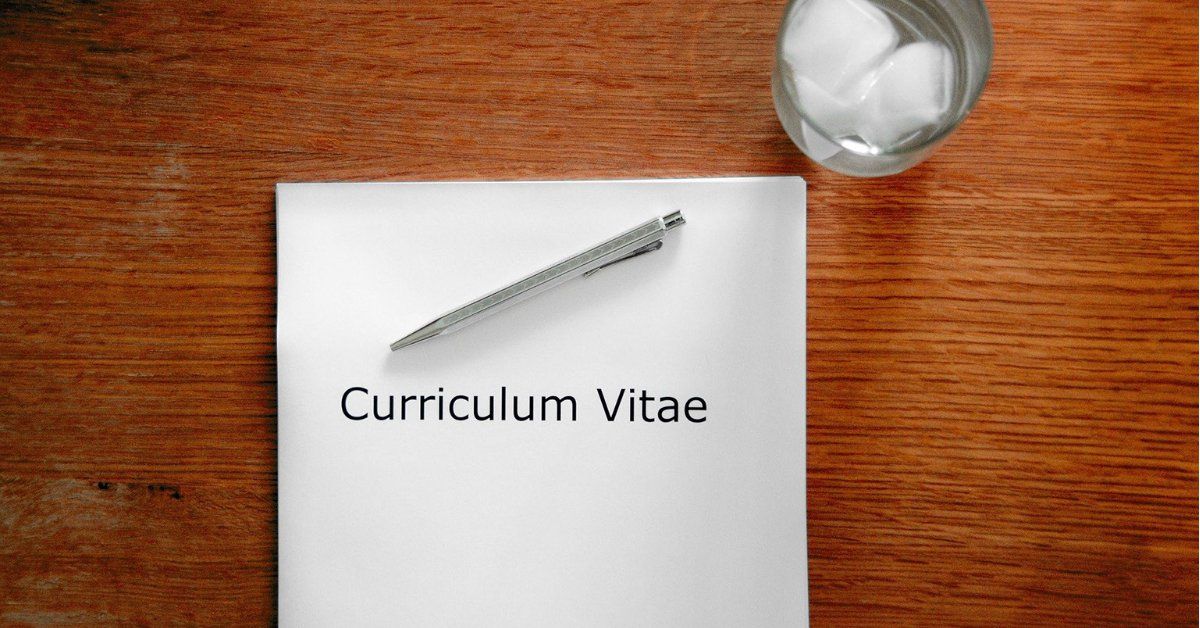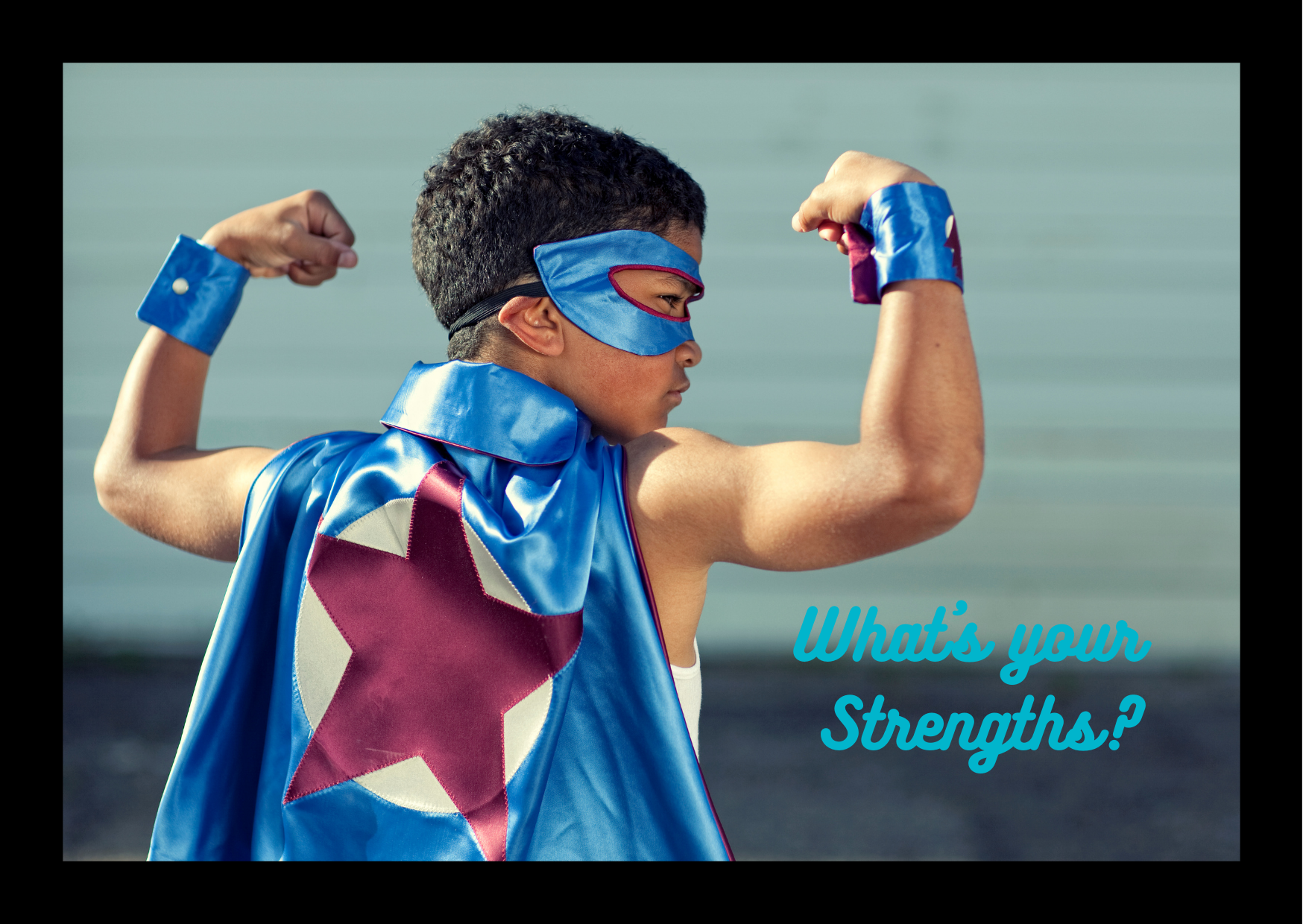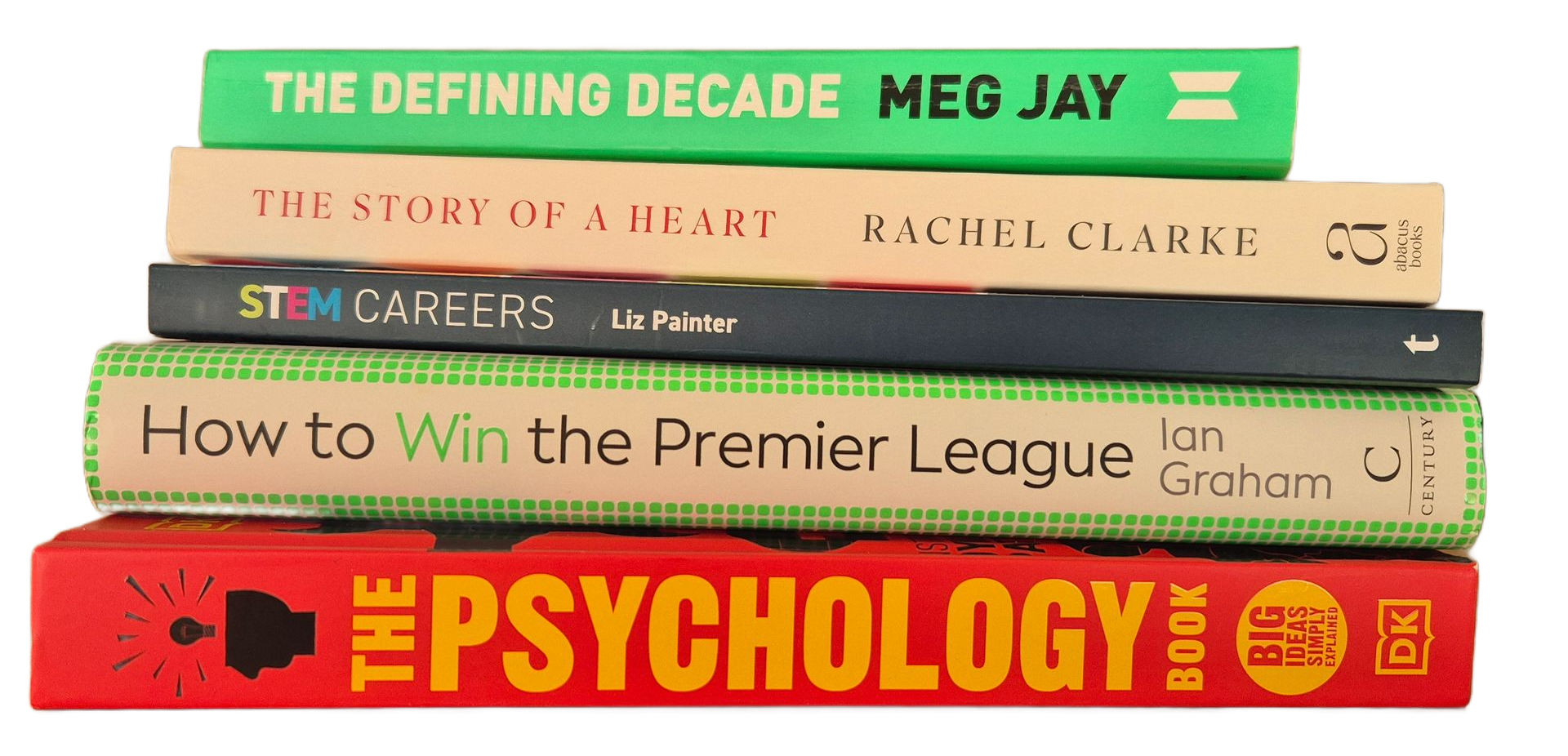Building Teenagers Confidence with Strengths Cards
How to empower teenagers make better decisions with strengths-based career guidance
Parents often contact me when their son or daughter are low on ideas on what to do in the future.
Adolescents can struggle to identify what they like to do, what they are good at, or what even interests them. Some cannot easily recognise their own qualities and traits, and feel they are often like every other teenager they know. They don't see what WE see, their unique potential.
When well-intentioned parents start to identify the variety of possibilities that are out there for them; some teenagers tend to shut down the conversation. Their self-esteem may drop; confidence is low and so too is their motivation to study. They can then become overly focused on what they cannot do, rather than on what they can do.
How can we help our children see their unique potential?
Our career strengths can come from all areas of our lives, and some teenagers need help idenitfying and building awareness of their strengths. Using a strengths-based approach, I help teenagers identify their best skills and qualities and recognize how amazing and unique they are.
When I discuss with clients how they have used these strengths, skills and qualities in the past; they start to recognise how they’d like to use them again and how further study will help them use these strengths in their future career.
One way I help them identify their strengths is to use a set of cards so that they can sort and filter. These cards are particularly useful for the quieter, more reserved students.
How to use strengths cards for career conversations?
What’s Your Strengths cards, developed by Katherine Jennick, help students identify what they have done to date and tell their stories. We discuss how their top cards relate to them and as they tell their stories, they start to identify how they are at their best when they use these skills and qualities.
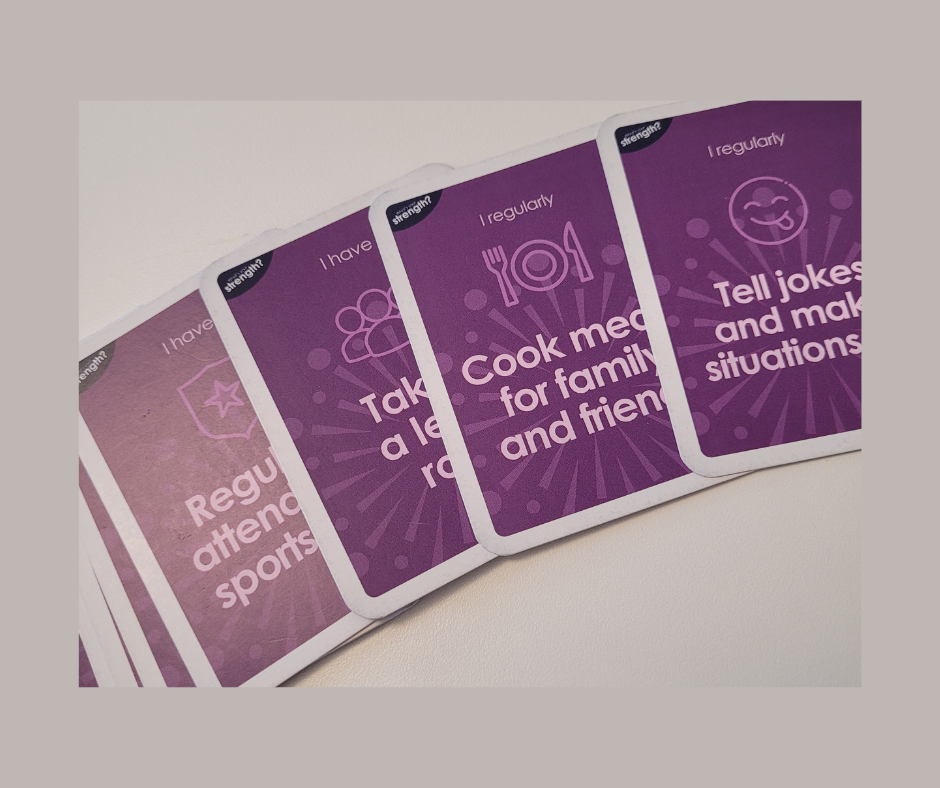
Recently, I was working with a Leaving Cert student who was unable to verbalise his likes, interests or strengths. We started our consultation by introducing a set of strengths cards, which he could then focus on sorting and prioritising.
He identified cards which highlighted how he:
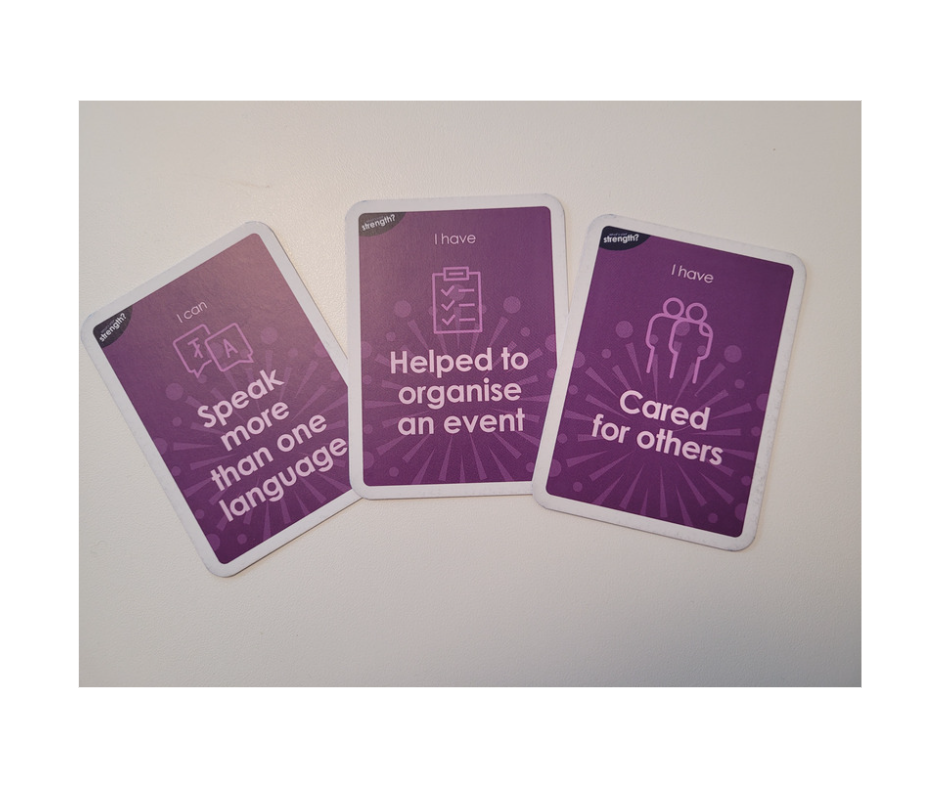
On the flip-side of each strengths card, we reviewed the list of skills and qualities that may be relevant from his experience. He was able to identify:
- skills and qualities that he got energised and excited by
- skills or qualities he had not come across before
- skills and qualities he'd like to develop further
Comparing a few cards, students can start to identify their strongest skills and how to relate these skills and qualities to subjects and career fields they may be interested in. We also talk about situations where they may have demonstrated these strengths in the past so that they can now clearly articulate and demonstrate these in the future.
Benefits of identifying strengths in career guidance
Once a student has recognised their strength, it's amazing to see how their confidence, self-esteem and curiosity about their future can grow.
“I’m good at hurling and I’ve got great hand-eye coordination, determination and stamina.”
“I love to help my grandparents during the summer. I go on my own, do the same set of jobs and I really enjoy the responsibility and being supportive to them. I just like helping them.”
Not only does this help them figure out next education and career steps, but it also gives them a confidence boost when seeking out their first job or going on work experience. They can now clearly articulate why this experience will suit them, and what skills they can offer a future employer.
The positive reaction to identifying students strengths is wonderful. I see students sit up straighter, smile brighter and realise they have something to build on in their future career.
A father shared this with me after his daughters’ career consultation with me, when we used strengths cards to help her build on her current strengths and interest in others:
“My daughter left (her session) today so happy and a completely different person coming out, than going in. When I joined the end of her session, the moment I walked into your office, she was confidently sitting forward in the chair and smiling broadly.”
This strengths-based approach to supporting teenagers figure out their next steps helps them:
- Increase their self-awareness and self-esteem
- Allows them to focus on what they can do, instead of what they can’t
- Goes beyond their academic results, and helps them look at a much wider variety of potential opportunities that they can work towards
- Develop their first cv and application forms (especially with very little work experience) which highlights the relevant skills and life experiences that can be relevant to their first role
If your son or daughter could use some help in seeing their potential, check out our Senior Cycle Programme, which includes the use of online assessments and cards to aid college and career exploration through the use of multiple leaving certificate career guidance tools.
#careerstrengths #careerguidance #careerconsultant #careercoach
